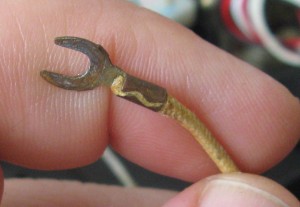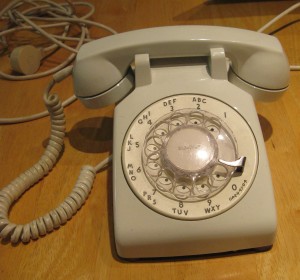It’s been a while since I’ve posted. Â Once the Maker Faire was over, I kinda lost steam, but it’s time to sum up. Â It was great to see all of you out there, and I had a great time showing the device off.
I got a little media coverage.  HackADay wrote up a short piece, and that lead to a small write-up in Engadget. I appreciate the notoriety.  I don’t know who this “Ulysses” is, but it’s not me.  My name is Mitch, and you can contact me at dialagrue@gmail.com.
More importantly, Dial A Grue will be displayed at the upcoming Penny Arcade Expo. Â I won’t be there, but the folks from the Digital Gaming Museum have agreed to take it up and display it. Â They hope to have to functional, so that you can actually play it. Â Feel free to tell me if you see it.
That’s all for now. Â Maybe I’ll write up some more soon.





